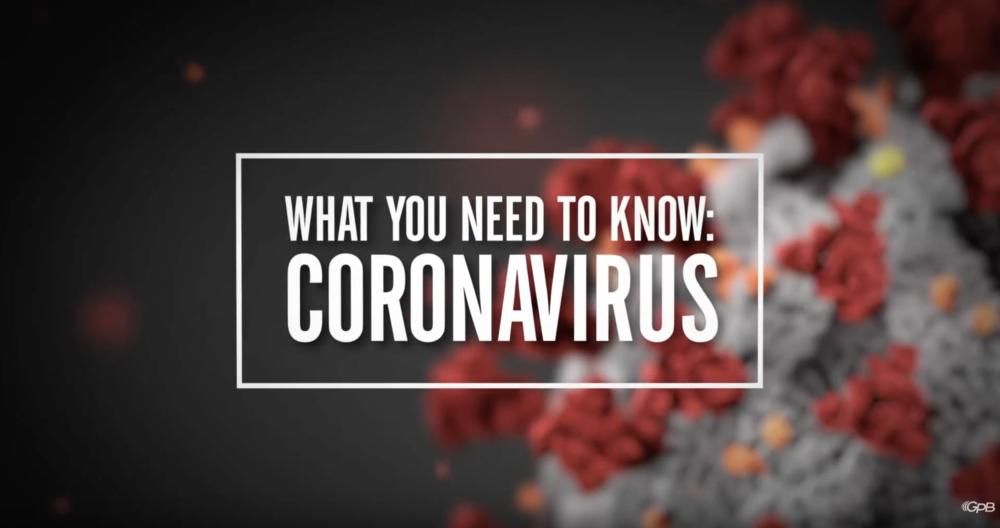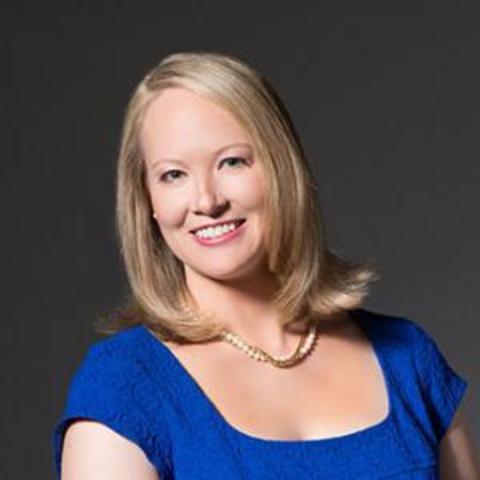Section Branding
Header Content
What You Need to Know: State Reopening Guidelines
Primary Content
Georgia Public Broadcasting’s new series What You Need To Know: Coronavirus provides succinct, fact-based information to help you get through the coronavirus pandemic with your health and sanity intact.
GPB's political reporter Stephen Fowler talks with GPB's Rickey Bevington about the precautions Georgia businesses are supposed to take as they reopen amid the pandemic.
So what exactly is this "reviving a healthy Georgia" plan that Governor Kemp has authorized? Is this a wholesale reopening of businesses?
No. For all the talk about bowling alleys and tattoo parlors and such being open for business, the actual text of the order makes it even harder for many of these businesses to go back to normal.
Kemp's 26-page order goes into great detail about parameters that businesses must follow. Salons must be appointment only. People are supposed to sit in their cars and wait their turn and employees must wear personal protective gear. Gyms have to stop group classes, close basketball courts, saunas, pools, other group areas and space out cardio machines. Many of these businesses are still closed completely because they haven't yet figured out how to safely open or they think it's safer to stay closed.
On Monday, Stephen, restaurants were allowed to open their dining rooms with 39 restrictions that they have to follow. What does that look like?
Well, there's gonna be no salad bars or buffets. Even more help, precautions and hand-washing and signs and other things, plus a cap on how many people can be inside that restaurant at once.
But many places to eat, especially in the Atlanta area, have said a lot of those restrictions— it's too soon to implement and it's going to be costly to make those things, like limiting booths to six people and to take away self-serve condiment stations and to use paper menus to throw away where possible.
A notable exception is Norcross based Waffle House, which says its locations will continue to follow a bunch of extra precautions they put in place and allow people to sit down and eat their food if they choose to.
And just like hair salons and gyms, though, Rickey, not that many people have been visiting these establishments now. Restaurants have been innovating with things like curbside pickup, takeout delivery, and some have even pivoted to making these family-style meals where you can get an entree that's for four or for six to try to stay afloat. And the irony is the next [to] the last guideline in that 39 bulleted point list says that those types of services—the take out, the curbside— that should be a higher priority than in-person dining restaurants.
I have to give him credit. Many are getting extremely creative with how they can serve their customers while keeping everybody safe. So if I am a customer and I really want to go out to eat, I just gotta get out. What should I do? What should I be looking for to make sure that the restaurant that I choose to go to looks like they're really following this? Following the governor's guidelines and taking my health and the health and safety of workers seriously?
Well, Rickey, the Centers for Disease Control and Prevention guidelines suggest that if you do go out in public, you wear some sort of face covering when you go out to prevent asymptomatic spread or prevent yourself from getting sick. Wearing that to a restaurant is probably a good idea.
But, you know, there are a number of things you can keep a lookout for to make sure that restaurants [that are] reopening [are] following things, don't go in groups bigger than six because they won't be allowed to serve you. If it's really crowded areas [such as] bar seating or other things like that, it's probably best to avoid. Restaurants are supposed to have no more than 10 people per 500 square foot of space. So, just keep an eye out for how many [are] going. If everyone's going to the same restaurant you are, maybe it's best to do takeout.
So what does this all mean, Stephen? If businesses are allowed to reopen and nobody is really starting back up, was it too soon to make this decision?
Well, Rickey, if these salons and restaurants and places do follow the regulations that were put out and do put in precautions for their employees and their customers, there is a way to do business while minimizing the risk. And for a lot of small business owners, that's a precaution that they are willing to take to survive economically. But many business owners are also saying it's easier and safer to stay closed or to keep those alternative methods— the curbside pickup, the other delivery.
And on top of that, there are still very little demand. You know, people aren't rushing to flood bowling alleys and tattoo parlors and in-person dining. So there's a lot of a hullabaloo over this plan in the last week or so. But it turns out a lot of that has been hypothetical as both business owners and consumers have been very slowly easing into this idea of reopening.


